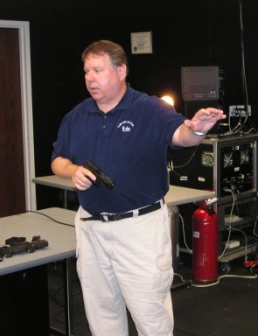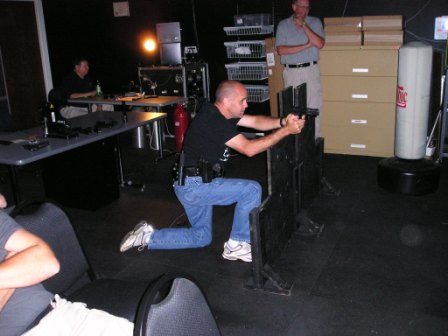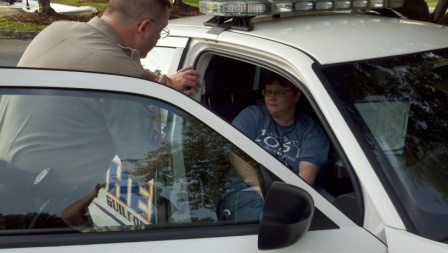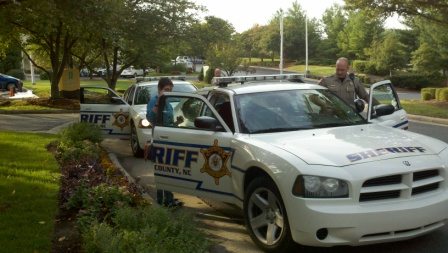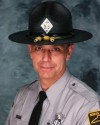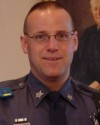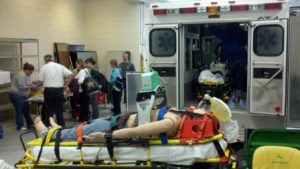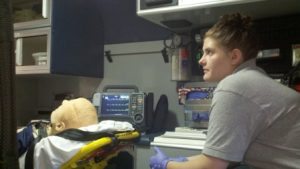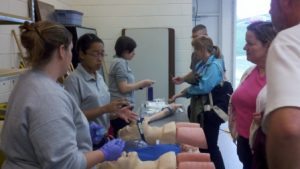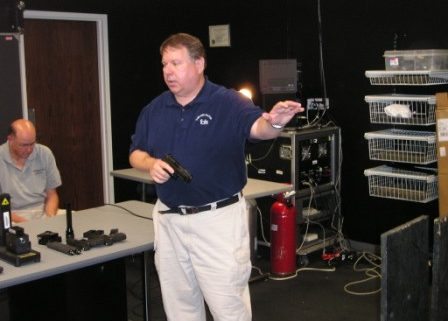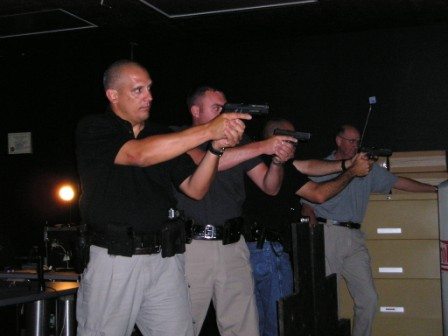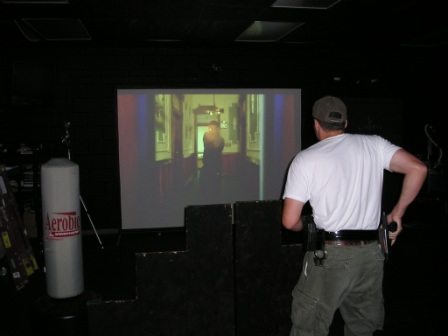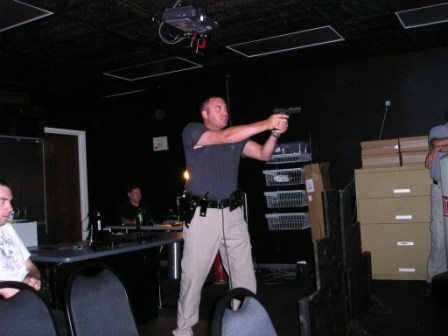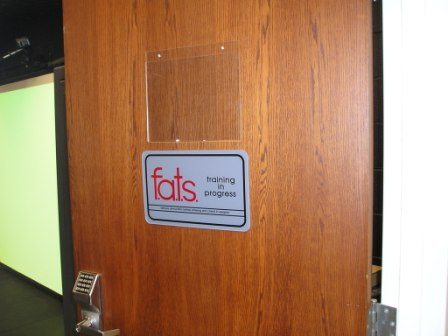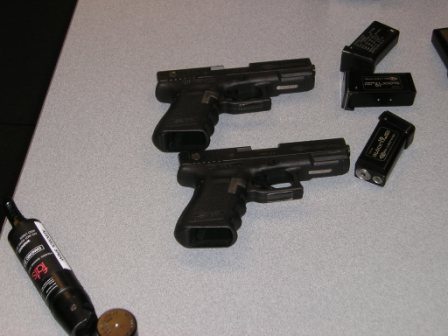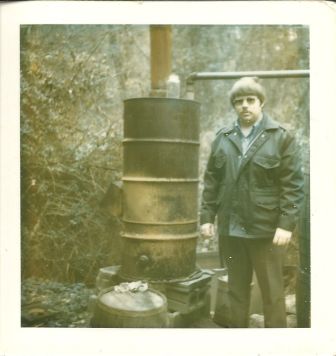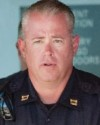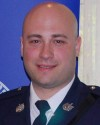Part II. Officer Safety (Tactical) Considerations
By Jerry P. Cooper, Use-of-Force Trainer / Consultant
Note: In Part I, we took a look at some of the more important legal issues involving use-of-force by law enforcement officers. In this installment, we consider just a few tactical considerations from an officer safety perspective. Applying these lessons will hopefully result in a rewarding experience for those participating in the firearms simulation training at the Writers’ Police Academy.
Here is an important survival formula:
TIME = COVER + DISTANCE + MOVEMENT
If we can stretch out the time line in a critical incident, then it is usually to our benefit to do so. Gaining more time allows for backup to arrive, and allows you an opportunity to get your heart rate down.
You can safely give verbal directions, and are usually not forced to use certain options if you take cover. Cover is anything that will stop a bullet. An officer should always be looking for cover.
Creating distance buys you valuable seconds to choose the most appropriate force option. It also makes you a smaller target, and may bring you closer to cover.
In most critical incidents, the officer usually suffers the disadvantage of having to react to the suspect. By moving, especially laterally, the officer becomes the action, and now, the suspect is forced to react to him/her. (Note: When I train law enforcement officers on the FATS System, I will often use the shoot-back feature; if the officer does not move – especially to cover, then he/she will be stung by a rubber ball.)
Criminal Activity Cues. This is the information an officer gathers prior to confronting the suspect (at which time the officer gathers criminal behavior cues). Examples of criminal activity cues would be:
– Information relayed from the telecommunicator
– What witnesses have to say upon arriving at a scene
– What other officers have to say on the radio prior to arriving at the scene, or upon arriving at a scene
– What you observe upon arriving at the scene (e.g., another officer taking cover, or with his handgun drawn)
Paying attention to criminal activity cues is very important because doing so will reduce reaction time. When negotiating a scenario in firearms simulator training, listen carefully to the information supplied by the narrator; this information constitutes a big part of the criminal activity cues.
Threat Management. Watch for a sudden movement to a common weapon area (e.g., waistband; small of back; etc.).
If you are encountering multiple suspects, continually assess which one is the most serious threat. If you use force against a suspect, remember that the threat is not over until: 1) the suspect is handcuffed; 2) the good guys have all the weapons; and 3) back-up is on the scene. (Note: during FATS scenarios, do not relax too soon, or you get a surprise.)
There is no magic bullet. You may have to get multiple hits on a suspect before he is no longer a threat. Law Enforcement does not shoot to kill; we shoot to stop the threat. This means we must continue shooting until the threat no longer exists. If you must fire your weapon, fire at least two rounds before reassessing the threat.
Shoot for center mass. Center mass is the largest part of the suspect that is visible. Trained, experienced law enforcement officers only hit their human targets 20% of the time, and therefore, aiming for arms and legs usually does not go far in stopping the threat.
Stress Management. It is common for individuals taking part in firearms simulator training to experience some of the same stress that officers experience in actual street encounters. Be aware of these, and remember, training under stress is a good thing. The neural pathways that are formed during such stimulus-response training allow us to draw from short-term memory when encountering critical incidents, which reduces reaction time, and thus, saves lives. The training scenario experience may include fear, apprehension, anger, embarrassment and confusion. Physiological reactions may include:
• Pipeline vision
• Blurred vision
• Auditory exclusion
• Tremors
• Sweating
• Slow reaction time
The best way to control stress, whether in the FATS room, or out on the street, is to buy yourself time. As discussed above, you buy time by taking cover, creating distance, and moving.
Here is a good quote to remember: “. . . The difference between the living and the dying is in the timing” (D. Lowery, Autumn Lightening).
* * *
2012 WPA Notes of Importance
1. There have been a few minor changes to the WPA schedule, including a new evidence collection and packaging workshop taught by Sirchie instructors along with Dr. Katherine Ramsland. Please visit the WPA website to view the adjustments.
2. The FATS and driving simulator schedules have changed slightly. Please check and double-check your times. It is imperative that you be at the FATS room 15 minutes prior to your shoot time. There are no extra slots. If you miss your time to shoot you will not be able to make it up. No re-scheduling and no refunds.
3. Ride-a-long and jail tour rosters have changed since the original posting, due to some lottery winners declining the offer of participation. Notices have been sent to all lottery winners. Please check spam and junk folders for emails from the WPA. A few people still have not responded to the jail tour notifications (all ride-a-long spots have been confirmed). We will select new names at 5:01 this afternoon if the previous winners do not respond to our notification messages. We have attempted to contact winners at least twice.
Winners of the ride-a-long lottery are:
1. Howard Lewis – High Point Police Department
2. Mel Parish – High Point Police Department
3. Mike Fanning – Greensboro Police Department
4. Meagan Beaumont – Greensboro Police Department
5. Elizabeth Bryant – Greensboro Police Department
6. Melanie Atkins – Greensboro Police Department
7. Joseph Terrell – Guilford County Sheriff’s Office
8. Joya Fields – Guilford County Sheriff’s Office
9. Mary Barker – Guilford County Sheriff’s Office
10. Finn Jackson – Guilford County Sheriff’s Office
11. Portia McCracken – Guilford County Sheriff’s Office
12. Elizabeth Shultz – Guilford County Sheriff’s Office
Jail Tour winners
1. Grace Greene
2. Susan Paturzo
3. Katherine Nyborg
4. Rita Oakes
5. Louise Dietz
6. William Craft
7. Alex Sokoloff
8. Phyliss Barham
9. Brett Whitmore
10. Cathy Wiley
11. Kate Cooper
12. Vy Kava
13. Ellie Oberth
14. Dan Odell
15. Judy Barillaro
16. Margaret Anderson
17. Robert Doucette
18. Melissa Dicker
19. Kimberly Ciamarra
20. Sylvia Nickels
21. Norma Duncan
22. Cat Waldron
23. Terry Odell
24. Corey LaBranche
25. Evelyn Schlatter

